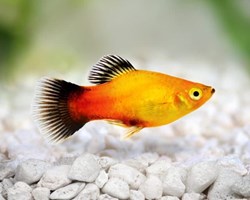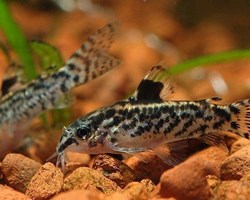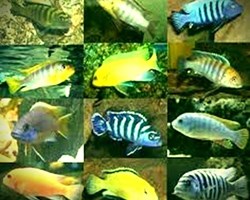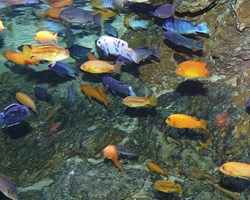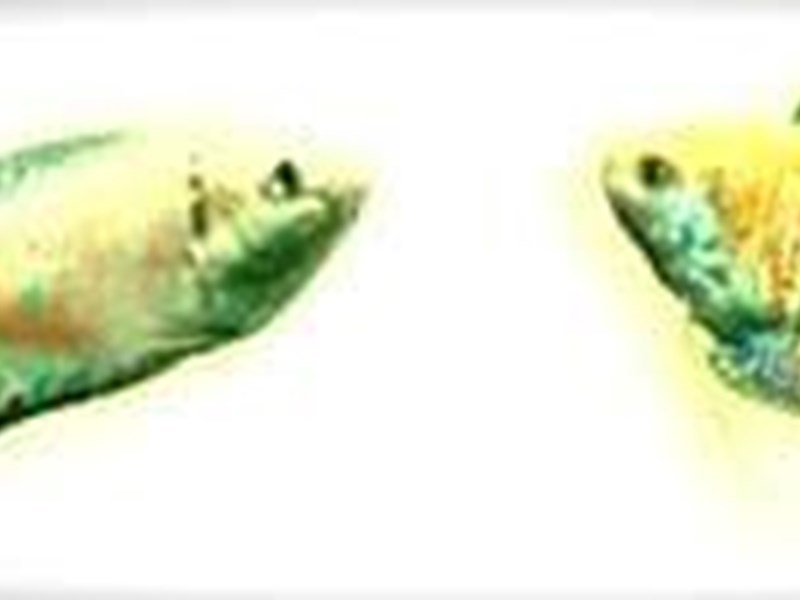
THE ANABANTIDS:
A large group of fish found in Southeast Asia, including the Philippines, and throughout most of the southern African desert, require atmospheric air in order to breathe.
Not all fish in this group need atmospheric air, and not all fish that feel this need are anabantids (such as the Corydoras cats of South America).
What distinguishes anabantids from other fish is the labyrinthine chamber, a special organ made up of lamellae that are lined with a thin, blood-soaked epidermal layer that allows the fish to use atmospheric air.
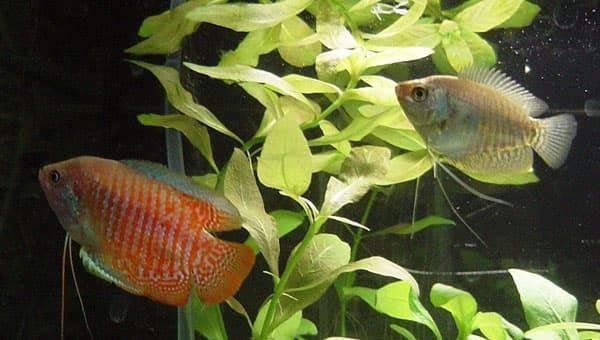
These lamellae ( lamellae ) are a series of thin plates that look very much like the bottom of a mushroom and were copied by engineers to cool and disperse heat like the fins on a car radiator.
It appears that through the process of evolution, certain fish had to live in waters that contained so much decaying matter, or such an abundance of algae, that the oxygen available in those waters was below the level required by the fish.
All Anabantids must have atmospheric air or else they die.
Even though the possession of a labyrinthine organ constitutes one of the main elements for the scientific classification of the diverse families of fish in the Anabantidae suborder, those in our aquarium also have other common characteristics.
The families of the suborder are the Anabantideans (which include the climbing perch, Anabas, and the Ctenopoma species); the Belontídeos (that include the bettas, the fish of the paradise and the gouramis croakers); loa Osphronemideos (which includes only one species, the "true" gourami9, Helostomideos (which also includes only one species, the kissing gourami).
This list follows a scheme used by Karel F. Liem in the early 1960s; different taxonomists take different approaches from time to time.
In its great majority, this bubble nest is usually built by the male, after which he has completed, he draws a female under it for laying. Mostly those from Asia build a bubble nest in order to keep all the eggs together.

Such a bubble nest is usually built by the male, who, after he has completed it, draws a female under it to lay.
Some nests are somewhat complex and large (Betta, Colisa Trichogaster) while nests are somewhat more complex and large (Betta, Colisa, Trichogaster) while others are barely recognizable (Helostoma).
Some nests are built underwater by some of the anabantids.
The male forms bubbles with the help of a mucous secretion from his mouth, and once he has attracted a female and she has laid with the help of the male, his body is pressed against hers until a very firm "U" is formed, the The female appears to freeze for a few seconds, giving the male time to collect the eggs or, in the case of species that lay buoyant eggs, allow the eggs to self-introduce themselves into the nest.
Then, as soon as the female wakes up, she usually eats the eggs she finds outside the nest.
When spawning is complete, the male guards the nest, capturing any eggs or newly hatched fry that try to escape and blowing them into the nest.
A few species of oral anabantids (some Betta).
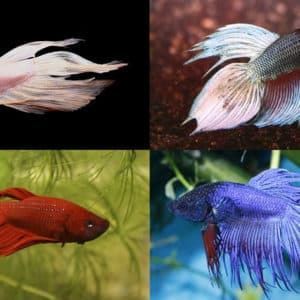
The anabantids of Southeast Asia build very complex nests while the Africans have almost no nests.
I have been watching Ctenopoma laying eggs and have never been able to discover a nest, but in several magazine articles, observers of Ctenopoma congicum claim that they do build one.
Fish may lay differently in different circumstances, and so I can say that I have seen some Betta splendens build huge nests while others seem to be happy with just a few bubbles.
Another fairly common feature of anabantids is that they generally (except in the case of mouthbrooders) lay profusely.
The kissing gourami , Helostoma , can lay thousands of eggs, as can fish in the genus Trichogaster and Colisa .
If we want these fish to lay, we must be prepared for a large number of offspring.
It is certainly unthinkable to attempt to breed and maintain the family of any large anabantid in a tank of less than 80 litres.
It is not simply a matter of overcrowding, since once the fish reaches a certain size its labyrinthine organs develop and can live with atmospheric air, it is also a matter of vying for food and clashing fins with those of its excessively close neighbor. .

The ballet that proceeds to spawning in the Anabantidae is so beautiful and so easy to cause that anyone who owns an aquarium and does not prepare a pair of Siamese fighting fish, Betta splendens , for spawning is one of the greatest emotions that our hobby it can offer.
Dr. Axelrod: Mini-Atlas of Freshwater Aquarium Fishes. European Hispanic, 1992, pp. 202-203.
Glu Glu Pet products that may interest you:
- tetra betta.
- EHEIM CLASSIC 350/2215.
- EHEIM PROFESSIONAL 4 350.
- SEA-STAR THERMOHEATER 25W-300W.
- Tetratec HT heater.
- 100L aqualed aquarium kit with Optimus filter (ICA).
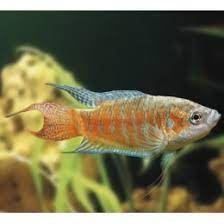
Other articles referring to the topic of the Anabantidae:

